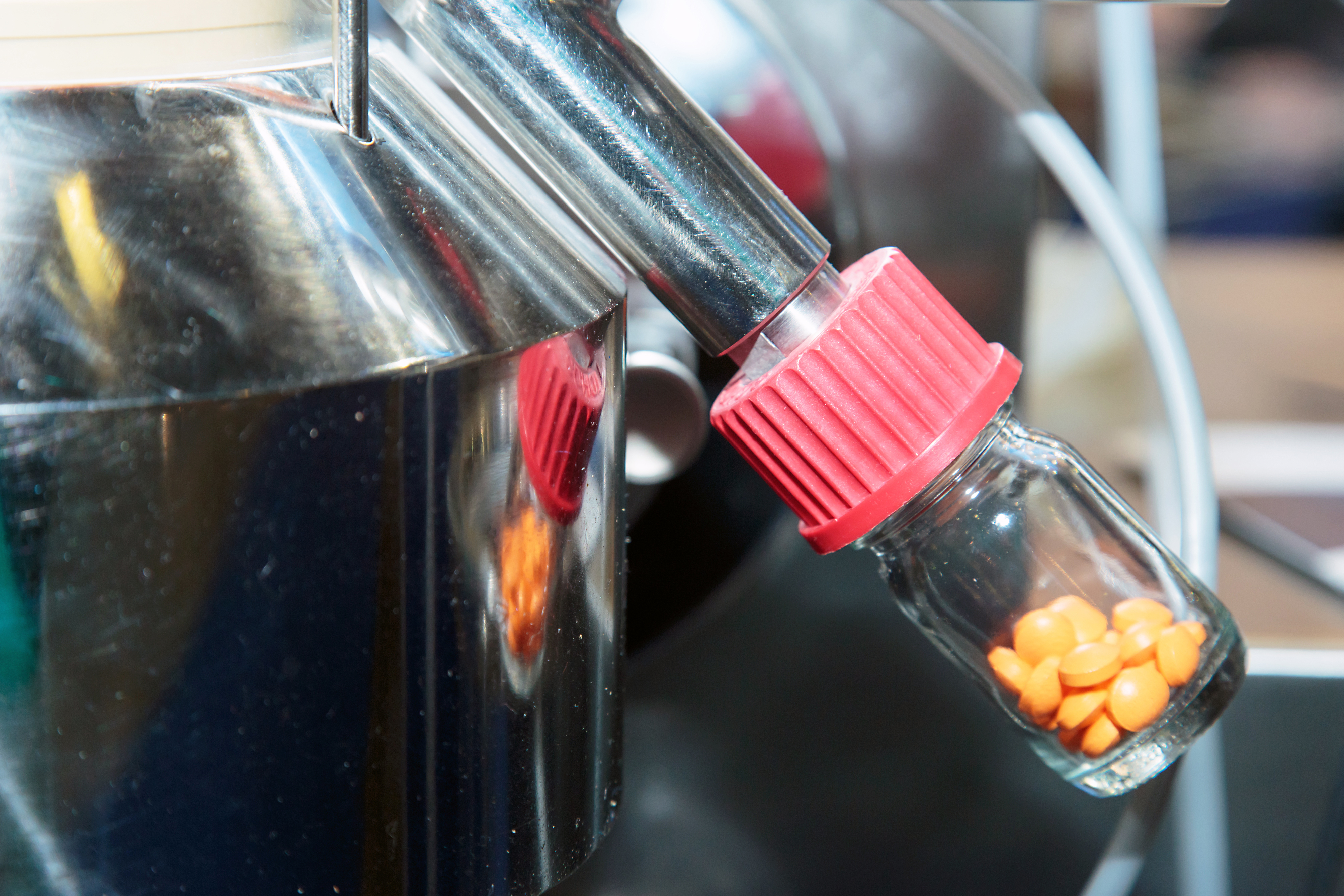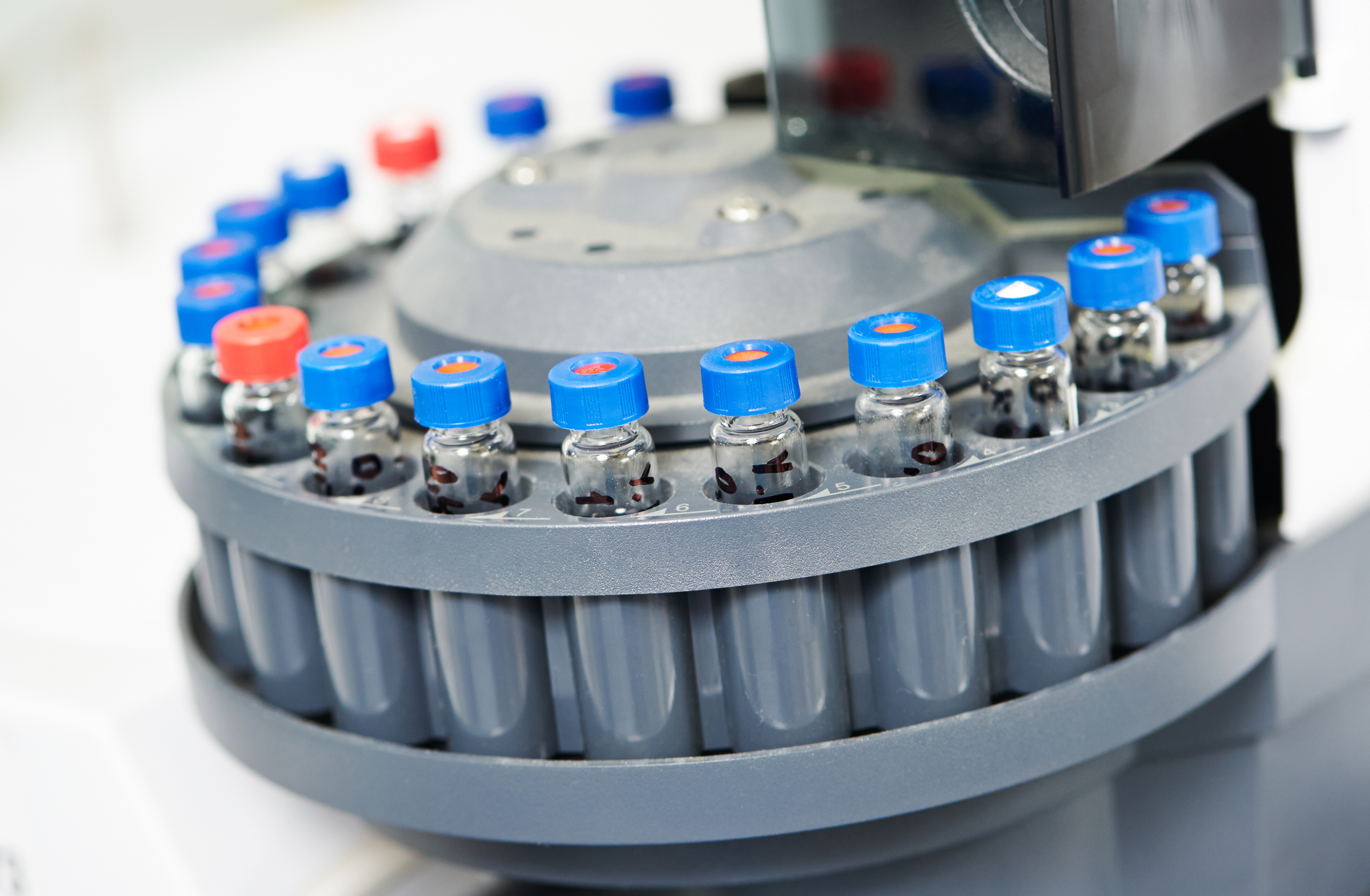Like any other great movement in history, sometimes looking back is the best way to help us look forward.
The Drug Supply Chain Security Act (DSCSA) was enacted in November 2013 by Congress, which has set off a series of changes for companies all along the pharmaceutical supply chain.
“What the pharmaceutical industry is focusing on now is the next major U.S. milestone, which is November of 2017, where the manufacturers are having to put a serial number with the GS1 Data Matrix sometimes referred as a 2D barcode,” said Peter Sturtevant, GS1 US Senior Director, Pharmaceuticals.
It isn’t until November of 2023 that unit-level traceability is expected to be in place.
Although seven years may seem like a lot of time, it really isn’t—not with all of the new technologies and processes that need to be implemented and the data that needs to be managed.
GS1 US defines traceability (in healthcare) as the process that “enables you to see the movement of prescription drugs or medical devices across the supply chain. You can trace backwards to identify the history of the transfers and locations of a product, from the point of manufacture onwards. And you can track forwards to see the intended route of the product towards the point of care.”
“When you say ‘track and trace in the supply chain,’ usually what you’re trying to do is say I would like to know information about the drug products that are produced, distributed, and dispensed in the supply chain, and information about what happens—what events occur—to those drug products as they move from manufacturer to dispenser and (ultimately) into the patient’s hands,” said Brian Daleiden, VP of Industry Marketing, Trace Link. “Traceability is information about the products and their journey—from inception to the patient.”
According to GS1 US, the four types of events to be aware of when monitoring the movements and whereabouts of products in the supply chain are:
- What products are impacted?
- When did this time-stamped event occur?
- Where was the product? Where is it now?
- Why was this observed, which process step?
“For the most part, the FDA is going to allow the industry to develop the procedures, processes, and activities to meet the requirements that were defined in the act that became law in 2013 [the DSCSA],” explained Sturtevant. “They aren’t going to dictate the means to the end. They’ve defined the end, and now it’s the responsibility of the trading partners to develop how they’re going to meet those requirements.”
But how do we define the means to the end? Well, let’s start by laying down the building blocks to that end.

The Three Keystones of Traceability
“There’s three underpinnings, which are implemented in various ways, in various forms in the U.S. and in other countries,” said Daleiden.
1. Serialization
The first part is serialization—establishing unique identity at a certain level of granularity in packaging for products that are produced by the manufacturer or repackager. Serialization, according to Daleiden, is the establishment of a unique identity for a drug product across one or more packaging levels of that product.
“It could be the creation of a unique identity at the smallest saleable unit (or the sales pack),” Daleiden explained. “It could be the establishment of a unique identity for a case of product that may contain a number of various units. It could be the unique identity for a bundle or a pallet. There’s multiple different levels of serialization that are created.
“Serialization is one step beyond traditional product identity.”
The typical steps of traditional product identity are identifying the following:
- Unique product via its product identity
- Lot number
- Expiration date
“Prior to serialization, products would be uniquely identified down to the batch (batch-level identification of a unique product). Serialization, generally, adds at least one more data element, which is a unique serial number for a certain packaging level. . . . Any one country or regulation could mandate one or more of those,” said Daleiden.

2. Track and Trace
“Then you have track and trace,” said Daleiden, adding that serialization and track and trace are related, but slightly different.
“Traceability, or product tracing, is the ability to know where a product has been,” said Daleiden.
Daleiden breaks down the differences between tracking and tracing:
- “Tracking is often times thought of as more of a forward view—where is a product right now in the supply chain and capturing information about that product as it moves through the supply chain.”
- “Tracing is more of a historical view—let me see where the product has been or who has owned it.”
Where a product has been—its history—could be:
- Understanding the changes of ownership of a drug product
- Going back in time to a certain point (such as back to the original manufacturer)
- Tracing a product’s movements even if the product has not changed hands
“As an example, the United States has a product tracing requirement for each change of ownership of drug product. Now, that’s different than the existing requirements in Brazil. Brazil has what you’d consider a tracking requirement in law today,” said Daleiden. “Thereby, the manufacturer needs to acquire all product movement of a product as it moves through the supply chain.”
3. Verification
“The third piece is verification,” said Daleiden. “If you’ve established unique identity via serialization or you’ve established traceability of transactions associated with product—either change of ownership or product movement—can you verify that information about the products or transactions at one or more places in the supply chain?”
Laws and regulations, according to Daleiden, will have requirements to verify the serial number, transaction history, and different countries will implement different types of verification.
“Verification is also part of the regulation, which says that in the case of a potentially suspect product/in the case of accepting saleable returns for a serialized product, we will ask to verify the information about the product or about the transactions of that product,” Daleiden explained. “There’s different types of verification that DSCSA phases in to verify different information about serialized identity, tracing history—all of this comes together in 2023, where serialization and track-and-trace/product tracing, and verification capabilities all are supposed to be merged together in a unit-level traceability system, which is yet to be defined for the U.S.”

The Fourth Keystone of Traceability
“There’s really three key elements in traceability,” said Daleiden, which are serialization, track and trace, and verification. From a regulatory perspective, however, there’s a fourth one:
4. Government Reporting
In short, government reporting is reporting information about one or more of those key elements of traceability. In other words, it is reporting data to the government about the other three elements (serialization, track and trace, and verification).
Going Forward
“Some people look upon serialization as an end in itself (creating a unique identity),” said Daleiden. “If I create a unique identity or serialize a product, then I am protecting patient safety or fighting counterfeiting.
“It’s important to realize that serialization by itself is just a means to an end.”
According to Daleiden, serialization is enabling you to have a better, more granular view of the drug products that are moving through the supply chain. But unless you’re doing something with that data—meaning, you are scanning the barcode, exchanging information about the serial numbers with trading partners, etc.—you are not actually creating any benefit from the investments you are making in serialization.
“There’s serialization and then there’s what to do with that serialized identity—and you have to think of both of those pieces,” said Daleiden. “It’s that step of taking the serialization data and doing something with it.”
Source: https://www.pharmaceuticalprocessingworld.com/the-building-blocks-of-pharmaceutical-traceability/

 No Comments
No Comments 

